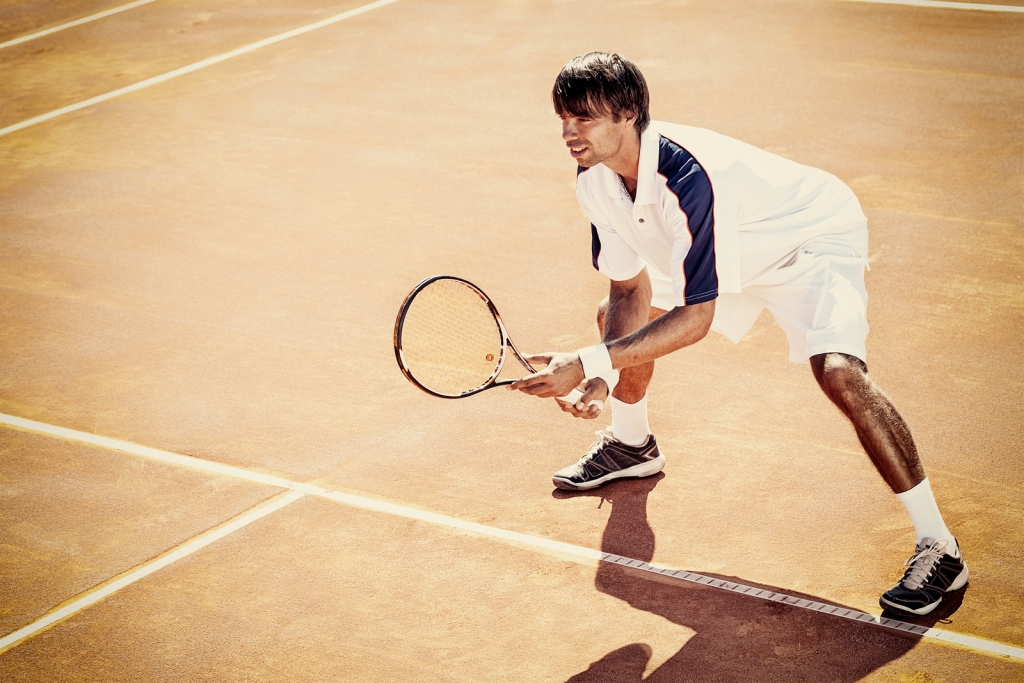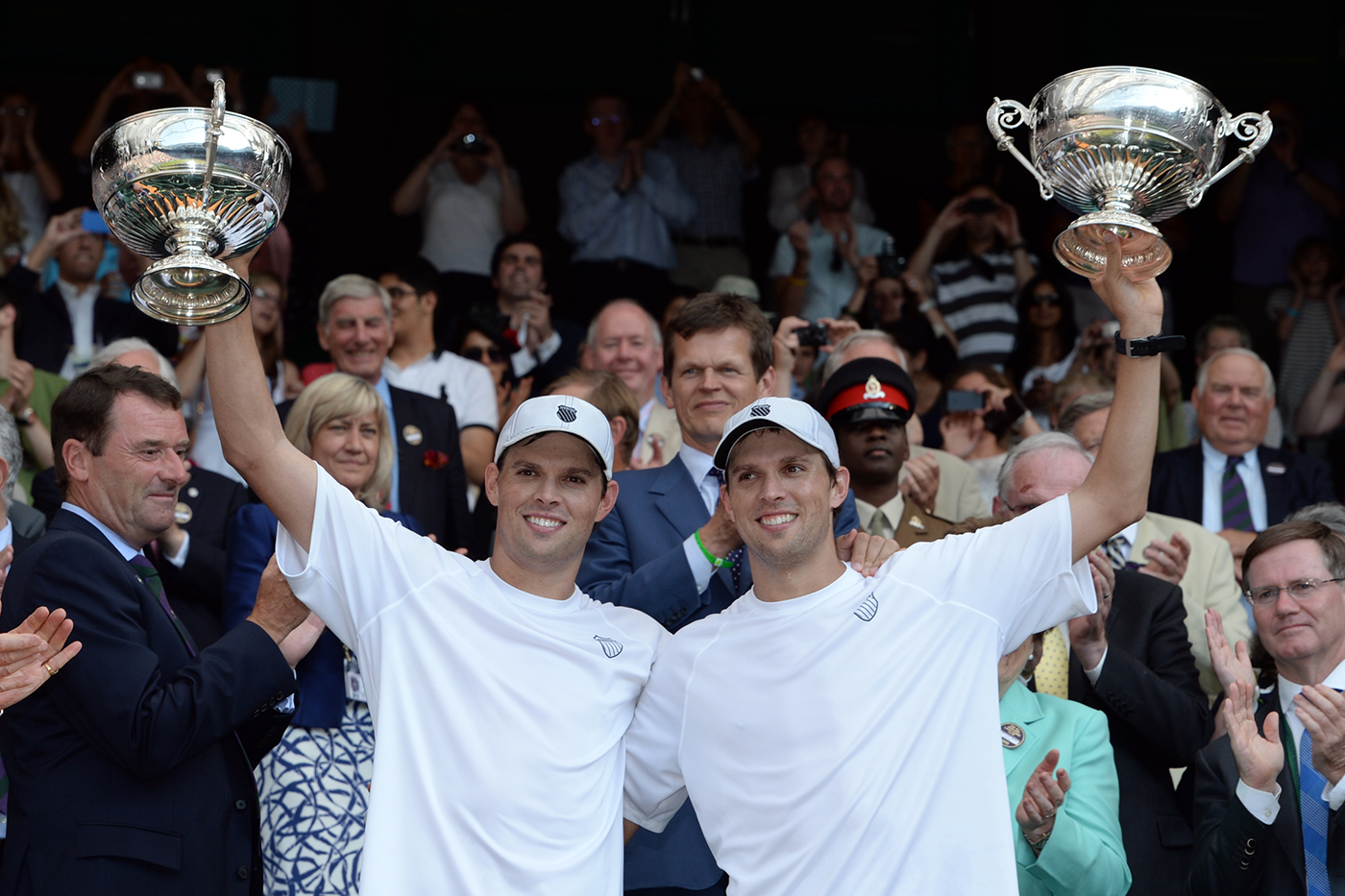
Did you ever get the “5 Ps” lecture growing up?
You know – Prior Planning Prevents Poor Performance.
Welp, thanks mom and dad because the 5 Ps have really helped my tennis game.
The majority of errors we make on the tennis court are usually a result of poor preparation.
When we wait too long to turn our body and get our racket prepared…awful things happen.
So a lot of coaches will say, “Get your racket back earlier.”
But, I’m sure you’re wondering, “Earlier than what?”
The answer to this riddle:
Before the ball bounces on your side of the court.
Use this tangible guideline to force better preparation and make it your goal to get your shoulders turned and your racket back before the ball bounces on your side of the court.
What you’ll notice is two very distinct benefits –
(1) You’ll miss less.
Because you’re setup on time it will be much easier to make contact with the ball out in front and clean contact will be may more likely.
(2) You’ll have time to step in or transfer your weight into your shot.
And you know what that means….more POWER.
For a lot of people this tip is the solution to a more consistent groundstroke game.
Get out on the court and give it a shot, I think you’ll be impressed with the results.
What’s so great about tennis is that there is always room for improvement.
While lessons can make you better, you need to be careful when selecting your instructor, otherwise you’ll find your game at a standstill listening to the same boilerplate tips that your average “tenured” professional has to offer.
Finding the right professional can be a difficult process and many people waste a lot of time and money without seeing any improvement in their game until they finally find a pro that’s a good fit.
 I created PlayYourCourt six years ago to solve this problem for you.
I created PlayYourCourt six years ago to solve this problem for you.
How did I do it? I setup a rating system just like Amazon or Yelp and if my students had a mediocre experience they wrote about it for all to see.
Fast forward six years, PlayYourCourt is open nationwide and I’ve done all the heavy lifting of vetting out the best pros in the country for you through our rating system. Of the nearly one thousand tennis pros I’ve hired in the last six years I’ve weeded out over 700 duds.
Today I only offer you pros that consistently deliver an amazing experience every time they walk on the court. Patient, encouraging, fun, knowledgeable tennis pros that offer lessons that are far from “normal.”
But don’t take my word for it, give us a try.
Because I am so confident you will love your experience with us, I am going to let you try your first lesson package with any instructor for $50 off.
Or give us a call at 301-575-6112.


I love the 5 Ps adage, Scott, and will commit it to memory and share it with all my students! I have a little drill I like to pull out of my bag of tricks every now and then which really helps those players who, especially, seem to get prepared early enough but through other means are simply unable to make consistency a foundation of their game. They have a very low shot tolerance, either due to impatience, poor footwork, or inconsistent and variable stroke production–even though they get their racquet back and shoulders turned before the ball bounces. So, what’s the trick? It’s very simple: I bring out one good tennis ball, preferably one with a substantial nap (maybe even a little fluffy) and a little less pressure than a brand new ball would have. And we begin our rally, trading cross-court shots (you can start with the forehand or the backhand; it doesn’t really matter). And here’s what typically ensues: One or both players make numerous errors, often after just a few shots land in the court, which results in the need to retrieve the lone ball from the net or the side or back fence. This continues for a few minutes, until both players simply “get tired” of having to retrieve the ball after just a few shots. So, almost automatically both players begin to give their shots more “air” — clearing the net by a couple of feet more than usual — and take a little pace off, imparting more topspin to bring the ball down into the court. They find themselves preparing with their legs more, rather than simply their shoulders, and this gives them the easy power and “lift” they need to get the ball well over the net with topspin that will bring it back down. Soon, the players are keeping the ball in play for 8, 10, 12 and more shots — something they had great difficulty doing just moments ago. It works like a charm every time! The secret? Nobody enjoys having to pick up the ball at the net or the back fence after every rally.